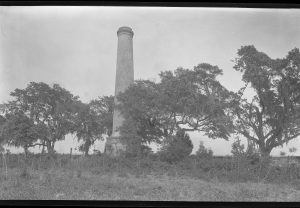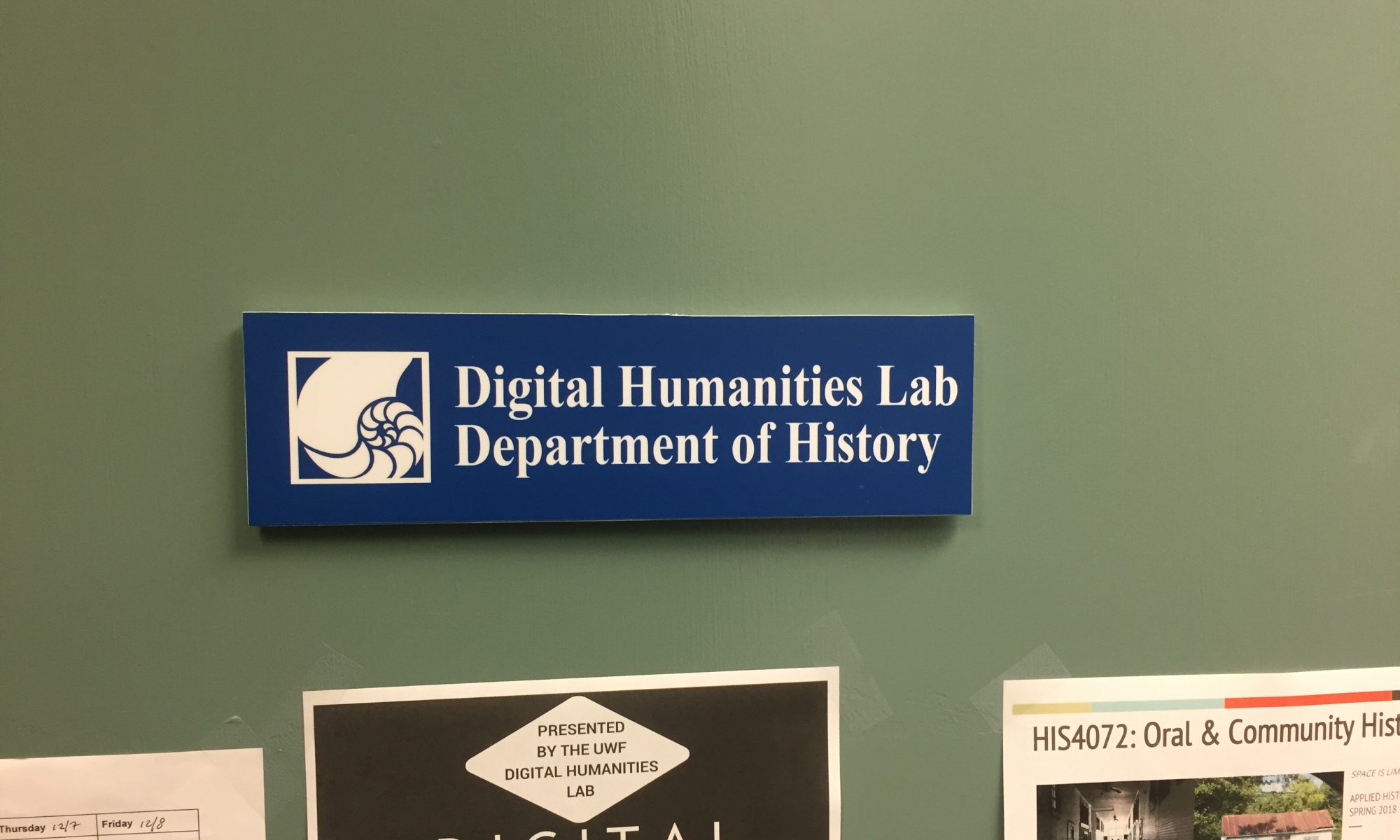All inventoried sites within the Lumber Landscape theme are tied together through their direct or indirect connections to the lumber industry that developed in Escambia County. Direct connections to the lumber industry include sites associated with the manufacturing and shipping of lumber. These sites include sawmills, log flumes, log ditches, mill ponds, wharves, lumber sheds, and railroads. Indirect connections include communities of mill works, residences of mill managers, and business or structures built by mill owners. Sites indirectly connected include company towns, residences, churches, a bank, and a hotel. This all-inclusive method of identifying sites associated with the lumber industry expanded the inventory to over 130 sites, with additional areas for growth.
Sawmills formed the core of the lumber industry from the beginning of the lumber trade in the colonial era to the downfall of the lumber industry in the 1930s. Despite the continuity of the sawmills, the lumber industry experienced significant changes during that time. Early sawmills used water-powered engines to drive their operations. The engineering of such sawmills forced them to operate on smaller tributary water sources where they could harness the energy of the flowing water. These tributary sources extended off the main waterways, thus positioning the sawmills far from the port of Pensacola, commercial shipping lanes, and everyday amenities of the city. At remotely located sawmills, the lumber companies constructed company towns to attract a workforce to their businesses. The development and adoption of steam-powered technology allowed sawmills to pump in their water source and relocated closer to the port and bays that served as necessary conduits for shipping. After 1865, sawmills also operated on wharves constructed in downtown Pensacola.
The lumber industry played an essential role within the history of Escambia County. The numerous sawmills that once covered the landscape contributed to the wealth and commerce of the city and county, thus propelling the settlement and development of these areas. Nowadays, the lumber industry is no longer a robust entity of the region, but that does not diminish its importance. The influence of the lumber industry persists as an integral entity of the local cultural heritage, and the forgotten remnants of that industry are still present. This Lumber Landscape attempts to record and therefore curate sites which may soon be in danger. As a coastal community, Escambia County must face the looming threat of climate change and its impacts on cultural resources and local history.
Featured Sites



Recommended Readings
Eisterhold, John A. “Lumber and Trade in Pensacola and West Florida 1800-1860.” The Florida Historical Quarterly 51, No. 3 (1973): 267-280.
Massey, Richard W. Jr. “A History of the Lumber Industry in Alabama and West Florida, 1880-1914.” Doctoral Dissertation. Vanderbilt University, 1960.
Author: Brianna Patterson
ORCID ID: 0000-0002-8037-3709

